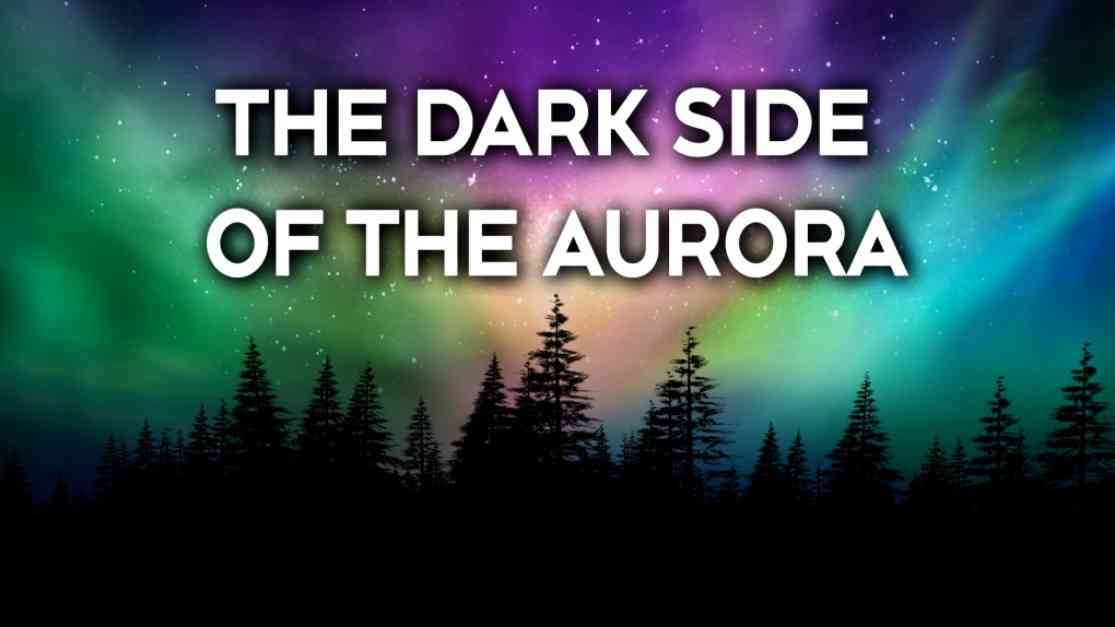The sun is currently in an exciting phase of its solar cycle, as witnessed by millions of people across North America in early May when a vibrant aurora lit up the night sky. This event harkened back to historic geomagnetic storms that caused disruptions to critical infrastructures like the Hydro Quebec power grid in 1989. Now, let’s delve into the potential risks our technology-reliant civilization may face today if a severe geomagnetic storm were to hit Earth, and who monitors space weather activity for Canada.
Surprisingly, it is Natural Resources Canada, not the Canada Space Agency or NORAD, that is responsible for monitoring space weather in Canada. The geomagnetic laboratory in Ottawa is staffed with a rotating group of space weather duty forecasters who are on call 24/7 to monitor space weather conditions. Kyle Reiter, a space weather analyst at Natural Resources Canada, explains that they had a few days’ notice before the May event, allowing them to prepare for potential activity heading their way.
When it comes to assessing the impact of a solar flare or CME on critical infrastructure, time is of the essence. Dan Welling, an assistant professor at the University of Michigan, highlights that scientists only have about 30 minutes to respond once the solar material is close enough to assess. David Boteler, head of the space weather group at Natural Resources Canada, conducts research on how geomagnetic disturbances affect systems like the power grid, pipelines, and radio communications. Stakeholders in telecommunications, like Ritesh Kotak, emphasize the need for preparedness in the face of geomagnetic storm blackouts.
The increasing reliance on technology like satellites for internet connectivity poses additional risks during geomagnetic storms. With over 10,000 objects orbiting the Earth, including a significant number of LEO satellites used for communication, the potential for disruption is high. Phil Langill, director of the University of Calgary’s Rothney Astrophysical Observatory, explains the vulnerability of satellites to energetic particles from the sun during geomagnetic storms.
While the impacts of geomagnetic storms on technology and infrastructure are significant, efforts are being made to mitigate these risks. Scientists, researchers, and power grid operators are constantly studying the sun and its potential impacts. Countries like New Zealand have implemented action plans to safeguard their power grids during extreme space weather events. Natural Resources Canada works in collaboration with the Government Operations Center to ensure timely dissemination of information during space weather events.
Despite the potential risks posed by geomagnetic storms, our increased awareness and preparedness allow us to address these challenges effectively. While our dependence on technology may make us vulnerable, it also equips us with the tools and knowledge to mitigate the impact of these natural phenomena. So, while we enjoy the spectacle of auroras in the night sky, rest assured that efforts are underway to safeguard our technology-reliant civilization against the dark side of the aurora.

